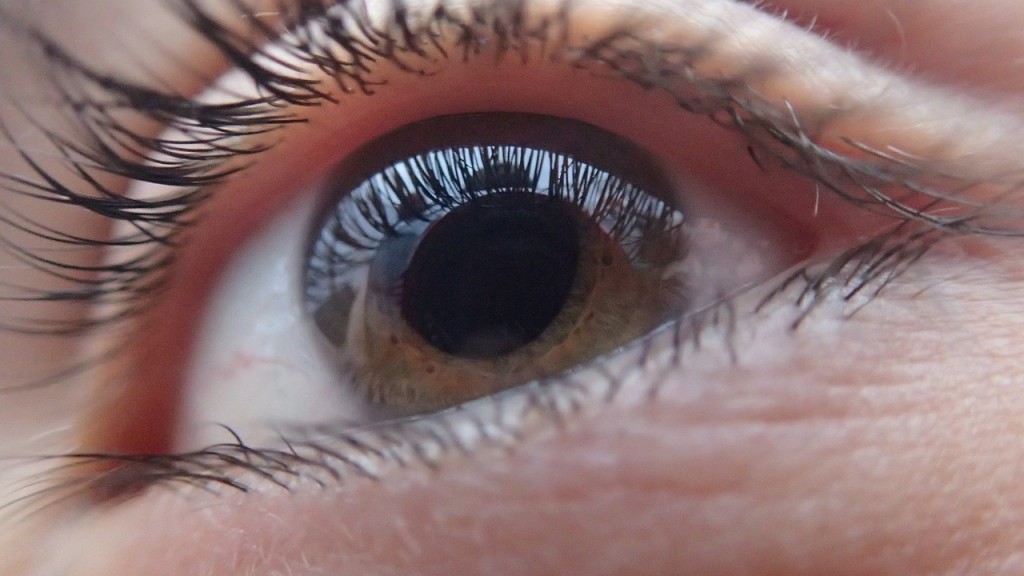Diabetic retinopathy is the most common diabetic eye disease and is a leading cause of blindness in adults in the United States. According to the Centers for Disease Control and Prevention, diabetes (type 1 and type 2) affects more than 29 million people in the United States and is the leading cause of new blindness among people ages 20 to 74 years. In 2008, 33 percent of adults with diabetes aged 40 years or older had some form of DR. In some cases of DR with DME, abnormal new blood vessels grow on the surface of the retina. Severe vision loss or blindness can occur if the new blood vessels break.
Lucentis (ranibizumab injection) is administered by a physician as an injection into the eye once a month. It is intended to be used along with appropriate interventions to control blood sugar, blood pressure and cholesterol.
“Diabetes is a serious public health crisis, affecting more patients every year,” said Edward Cox, M.D., M.P.H, director of the Office of Antimicrobial Products in the FDA’s Center for Drug Evaluation and Research. “Today’s approval gives patients with diabetic retinopathy and diabetic macular edema the first significant therapy to treat this vision-impairing complication.”
The drug’s safety and efficacy to treat DR with DME were established in two clinical studies involving 759 participants who were treated and followed for three years. In the two studies, participants being treated with Lucentis showed significant improvement in the severity of their DR at two years compared to patients who did not receive an injection.
The most common side effects include bleeding of the conjunctiva, the tissue that lines the inside of the eyelids and covers the white part of the eye; eye pain; floaters; and increased pressure inside the eye (intraocular pressure). Serious side effects include infection within the eyeball (endophthalmitis) and retinal detachments.
The FDA granted Lucentis for DR with DME breakthrough therapy designation. The FDA can designate a drug a breakthrough therapy at the request of the sponsor if preliminary clinical evidence indicates the drug may demonstrate a substantial improvement over available therapies for patients with serious or life-threatening conditions. The FDA also reviewed the new use for Lucentis under the agency’s priority review program, which provides for an expedited review of drugs that demonstrate the potential to be a significant improvement in safety or effectiveness in the treatment of a serious condition.
Continue Reading Below ↓↓↓
The FDA previously had approved Lucentis to treat DME and macular edema secondary to retinal vein occlusions, both of which cause fluid to leak into the macula resulting in blurred vision. Lucentis also is approved to treat wet (neovascular) age-related macular degeneration (AMD), a condition in which abnormal blood vessels grow and leak fluid into the macula.
Lucentis is marketed by South San Francisco, California-based Genentech, a subsidiary of Roche.
The FDA, an agency within the U.S. Department of Health and Human Services, promotes and protects the public health by, among other things, assuring the safety, effectiveness, and security of human and veterinary drugs, vaccines and other biological products for human use, and medical devices. The agency also is responsible for the safety and security of our nation’s food supply, cosmetics, dietary supplements, products that give off electronic radiation, and for regulating tobacco products.











